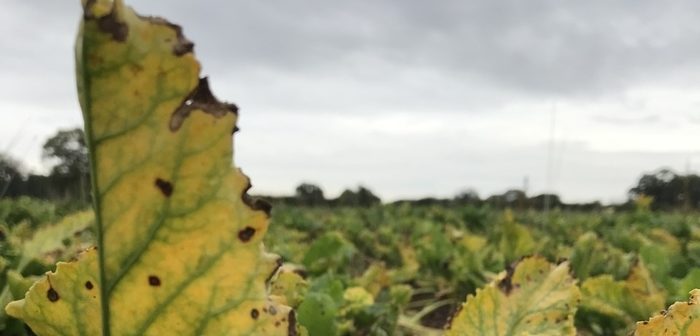Certis’ insecticide InSyst (acetamiprid) has been authorised for the reduction of beet yellows virus complex via the control of the principle virus vector, peach-potato aphid (Myzus persicae).
Following the loss of Biscaya (thiacloprid) growers were down to just one authorised foliar product – Tepekki (flonicamid) – with just one application per crop.
Certis product manager Henry Welham says this would be nowhere near sufficient to keep virus out of crops in a high-risk year.
“The authorisation of InSyst adds a much-needed second foliar spray to growers’ defences. It provides rapid knockdown which is very useful early in the season to prevent early virus build up which has the greatest impact on yield.”
The product label permits one application per crop with a maximum individual dose of 250g/ha.
Prevent resistance build-up
Important guidance on the InSyst label is that the rate of application should not be lower than specified to ensure good control and to prevent the likelihood of resistance build up.
For prevention of beet yellowing virus transmissions, BBRO advise aphid control is only needed when numbers of peach–potato aphid exceed the thresholds of one green wingless aphid per four plants before reaching 12 true leaves or one per plant from 12 to 16 true leaves.
Mr Welham says: “InSyst has shown good persistence in trials keeping aphid numbers very well controlled for two weeks following treatment.
“Thereafter it’s vital to monitor numbers against thresholds and apply a further treatment of a different product if needed.
“Currently the only option is flonicamid, but BBRO continues to work to secure a third aphicide spray for use in 2022.”




